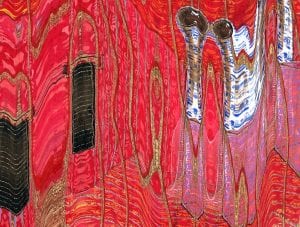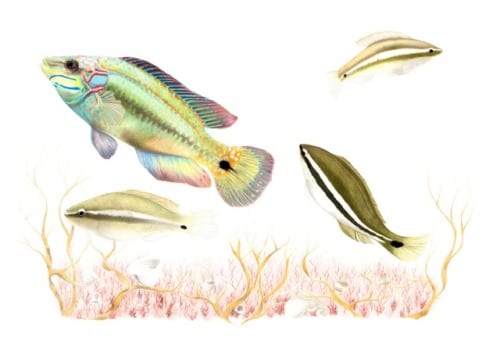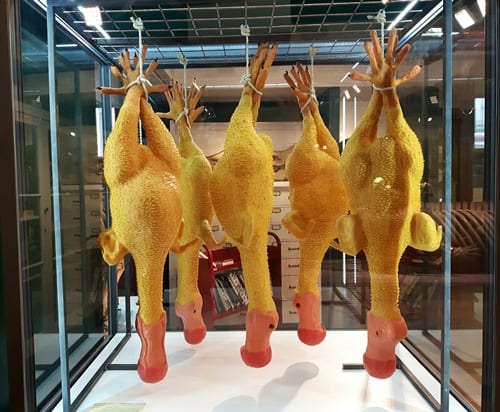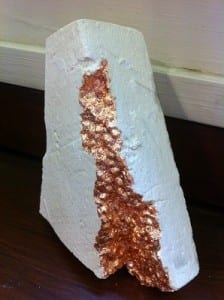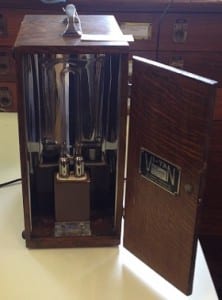The Woman Who Gave Birth to Rabbits
By Jack Ashby, on 18 October 2017
Our current exhibition – The Museum of Ordinary Animals: The Boring Beasts that Changed the World - explores the mundane creatures in our everyday lives. Here on the blog, we will be delving into some of the stories featured in the exhibition with the UCL researchers who helped put it together.
Guest post by Dr Alan Bates (UCL Pathology)
How did Mary Toft – a peasant from Godalming in Surrey – convince some of the eighteenth century’s leading medical men that she was giving birth to rabbits?

Mary Toft, a copy of a portrait made in 1727 as Mary languished in Bridewell prison, while lawyers considered whether rabbit breeding was actually a crime.
(C) Wellcome Library, London
Fake news out of Surrey
The story first appeared in 1726, when a London journal reported that Mary had given birth to a creature ‘resembling’ a rabbit, but with its heart and lungs outside its body. In the following days, four more dead rabbits appeared. They were blamed on the theory of maternal impressions – that a child resembled whatever the mother was thinking of at the time of conception. Obviously, a good woman should be thinking about her partner at this key moment, but a child’s resemblance to some other man of her acquaintance might (perhaps conveniently for all concerned) be accounted for by a wandering imagination. Mary had supposedly seen rabbits hunted while she was pregnant, miscarried, and since then had had bunnies on the brain. (more…)
 Close
Close





